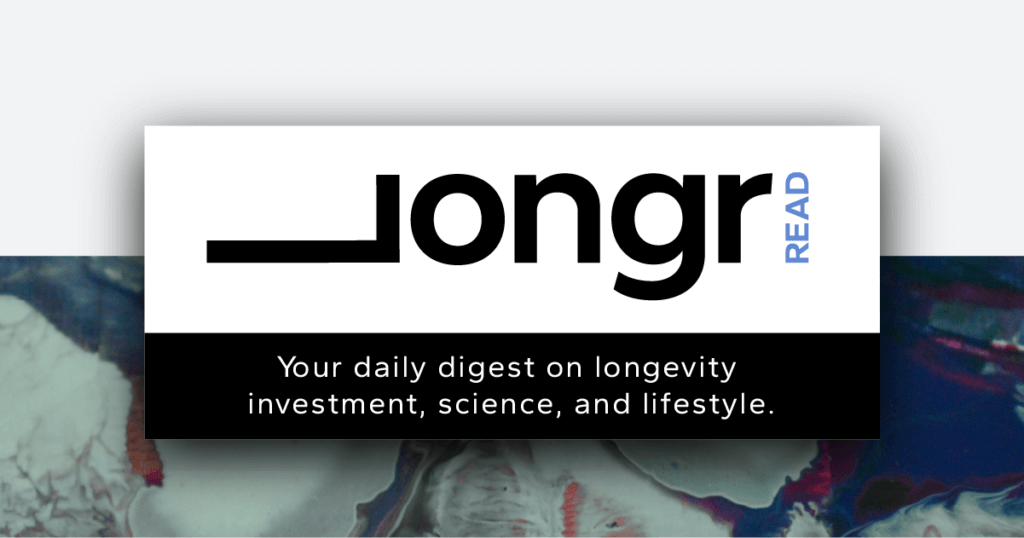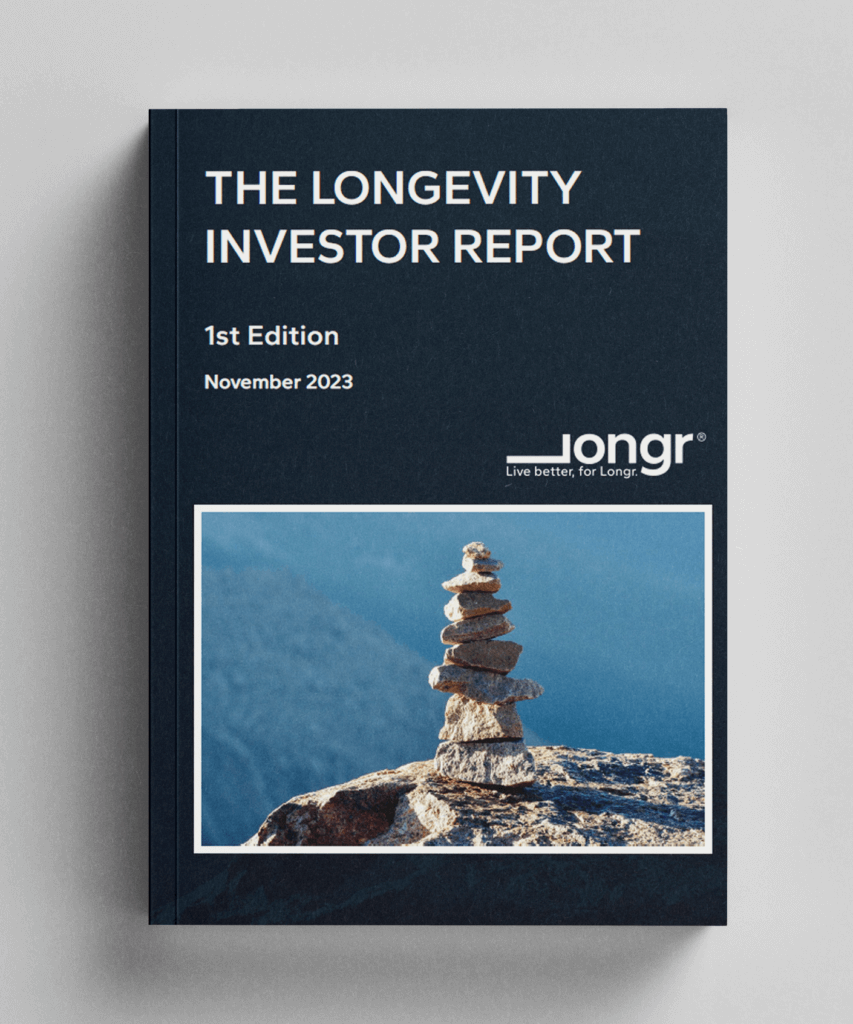Good Morning,
In today’s special issue of Longr Reads, we present an in-depth exploration of the Age1 VC report, a pivotal document spotlighting a revolutionary development in the pharmaceutical sector: the longevity drug.
This groundbreaking innovation, with a market potential estimated between $150-$200 billion annually, is not merely a scientific advance but a beacon in the investment landscape.
“With the potential to yield conservatively up to $200 billion annually, a company that owned only this drug would be more valuable than the top two big pharma companies (J&J and Pfizer) in terms of revenue… combined. We believe that this drug has the potential to become the largest product in human history, even larger than the iPhone.”
As we dissect this report, we aim to bridge the gap between medical breakthroughs and financial foresight. Our analysis delves into the profound market potential of the aging drug, scrutinizes the intricacies of payer dynamics, and explores adoption trends, all through the lens of investment viability. This exploration is tailored for those intrigued by the convergence of healthcare innovation and strategic investment, offering insights into how this medical marvel might reshape the economic landscape of the healthcare sector.
Longevity will become the largest sector in healthcare, let’s dive in …
The Vast Expanse of the Aging Drug Market
The Age1 VC report provides a comprehensive analysis of the aging drug’s potential market, projecting a staggering market size that is poised to surpass the peak revenues of the biggest names in the pharmaceutical sector.
Targeting initially the demographic aged over 65, the drug’s market is envisioned to expand further, potentially including younger age brackets. The US, being a significant contributor to global pharmaceutical sales, serves as a bellwether for these estimations. The projections indicate an uptake of the drug in the US ranging from 73 million people in 2030 to an impressive 83 million by 2045, mirroring the growth of the aging population.
This expansive market forecast not only highlights the immense economic potential of the aging drug but also underscores the increasing demand for healthcare solutions that cater to an aging global population.
THE LONGEVITY INVESTOR REPORT
This exclusive first edition has a complete sector breakdown, and an introduction to some of the key things professional longevity investors are looking at.
We’re demystifying the sector, and providing inside access to the most promising companies.
Navigating the Payer Landscape and Pricing Complexities
Delving deeper into the Age1 VC report, the payer landscape for the aging drug is intricately examined.
The report identifies commercial health insurers and Medicare Part D as key players in the US, playing a pivotal role in drug affordability and accessibility. The drug’s potential to prevent age-related conditions aligns with insurers’ goals to reduce long-term healthcare costs, making it a viable option for coverage.
Additionally, the direct-to-consumer (DTC) telemedicine model offers an innovative alternative, granting users convenient, on-demand healthcare services. The pricing strategy is meticulously analyzed, with a monthly list price of $618 set for the cash-pay model and a net price of $216 for the reimbursement model, taking into account the complex interplay of rebates and discounts.
This section of the report is a testament to the multifaceted approach required to understand and navigate the pharmaceutical payer ecosystem effectively.
Adoption Patterns and Revenue Projections
In its concluding section, the Age1 VC report delves into the adoption trends of the aging drug and its consequent revenue projections.
It anticipates a non-linear growth in adoption, with patient adherence expected to vary between 25% and 50%. Employing the Diffusion of Innovation model, the report projects various market penetration rates over time. The revenue forecasts are meticulously calculated, incorporating factors such as the total adult population, penetration rates, and the pricing models. The report delineates revenue projections for both cash-pay and reimbursement models, suggesting that the latter may dominate due to affordability and broader accessibility.
These financial projections, depicted through detailed graphs, offer a clear and comprehensive view of the potential economic impact of the aging drug on the pharmaceutical market.
In our detailed examination of the Age1 VC report, we uncover the significant investment implications of the aging drug’s market introduction.
As analysts in a rapidly evolving pharmaceutical landscape, we recognize this development as more than a medical breakthrough; it represents a pivotal investment opportunity. The projected market size of $150-$200 billion signals a lucrative future, not just for healthcare providers but also for investors and stakeholders.
The aging drug’s potential to redefine health in later life presents an unprecedented market expansion opportunity.
As we analyze payer strategies and pricing models, it becomes evident that this drug could reshape the economics of healthcare, offering long-term cost savings and value generation. Furthermore, the adoption trajectory of this drug, considering patient adherence and market penetration, is a critical factor for investors to monitor.
This drug’s journey from laboratory to market encapsulates a confluence of scientific advancement and investment foresight, marking a transformative moment in both healthcare provision and economic growth.
Until next time,
The Longr Reads Team
“Price is what you pay. Value is what you get. But when it comes to healthcare, remember that the ultimate value lies in the quality of life it brings, not just the financial returns.”
Warren Buffett
Longr Reads’ of the Week
- $200 Billion in Revenue: How an Aging Drug Will Conquer Pharma (Age1 VC)
- ‘Long-lost best friends’: the longevity movement finds psychedelics (The Guardian)
- From Longevity To Aging In Place, These Are The Top Areas For Senior-Focused Startups (Crunchbase)


